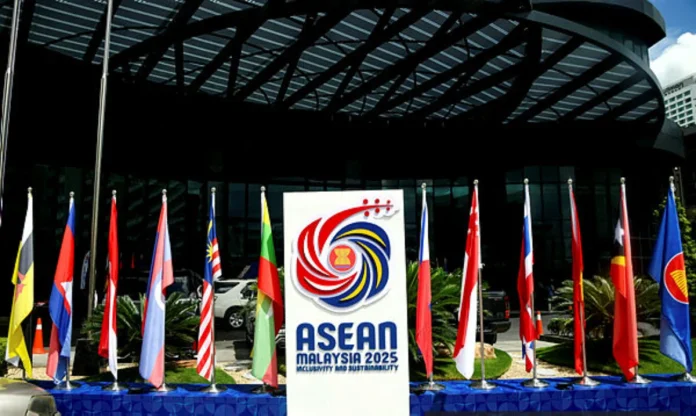Asean chairmanship transforms concept of shared energy future into concrete roadmap: Academic
PETALING JAYA: Malaysia’s Asean chairmanship has done more than host summits.
It has powered the region’s biggest step yet towards a shared energy future, turning years of talk about an Asean Power Grid into a real, funded plan to connect Southeast Asia’s electricity networks.
Universiti Tenaga Nasional Institute of Energy Policy and Research director Dr Nora Yusma Mohammed Yusoff said Malaysia’s leadership has transformed the long-discussed vision of regional energy integration into a concrete roadmap for action.
“The Asean Power Grid isn’t just about building cables or power lines.
It’s about helping countries share energy more efficiently, reduce costs for consumers and attract greater investment in green energy.”
Asean energy ministers agreed to update the Asean Plan of Action for Energy Cooperation 2026–2030, setting new regional targets.
The plan aims for 45% of Asean’s total power capacity to come from renewable sources, alongside major improvements in energy efficiency.
To support these goals, the Asian Development Bank (ADB) and the World Bank Group have launched the Asean Power Grid Financing Initiative, a RM48 billion fund to connect national power grids and develop cleaner, more reliable energy systems across Southeast Asia.
“This is a strong vote of confidence from global investors.
It shows the world believes in Asean’s potential to become a green and competitive energy hub.”
Nora Yusma added that the initiative mirrors the European Union’s cross-border energy projects which have saved Europe billions of euros annually by sharing power more efficiently.
She said Malaysia’s clear policy direction and active regional cooperation have bolstered investor confidence.
She added that stronger energy links among Asean countries could also enhance the region’s global competitiveness.
“Europe saves billions each year by coordinating electricity flow across borders.
“If Asean can do the same by sharing power rather than maintaining large national reserves, we can lower costs and improve energy reliability.”
Malaysia has already demonstrated what such cooperation can achieve.
“Through the Laos–Thailand–Malaysia–Singapore Power Integration Project Malaysia helped channel renewable hydropower from Laos all the way to Singapore.
“Malaysia is ideally placed to lead – geographically central, with the experience and technical know-how to make cross-border energy trade work.”
She added that new proposals, including the Peninsular Malaysia-Sarawak power link and a second Malaysia-Singapore interconnection, could advance Asean’s long-term goal of a shared regional grid.
Nora Yusma said Malaysia’s chairmanship has also focused on building collaboration among regional think tanks, universities and research institutions that shape Asean’s clean energy strategies.
“The World Bank estimates Asean will need around RM3.82 trillion by 2045 to modernise its power systems, while the ADB projects that at least RM477 billion will be required for new transmission lines over the next two decades.
“These projects will not only create thousands of jobs but also bring in advanced technology and skills.”







